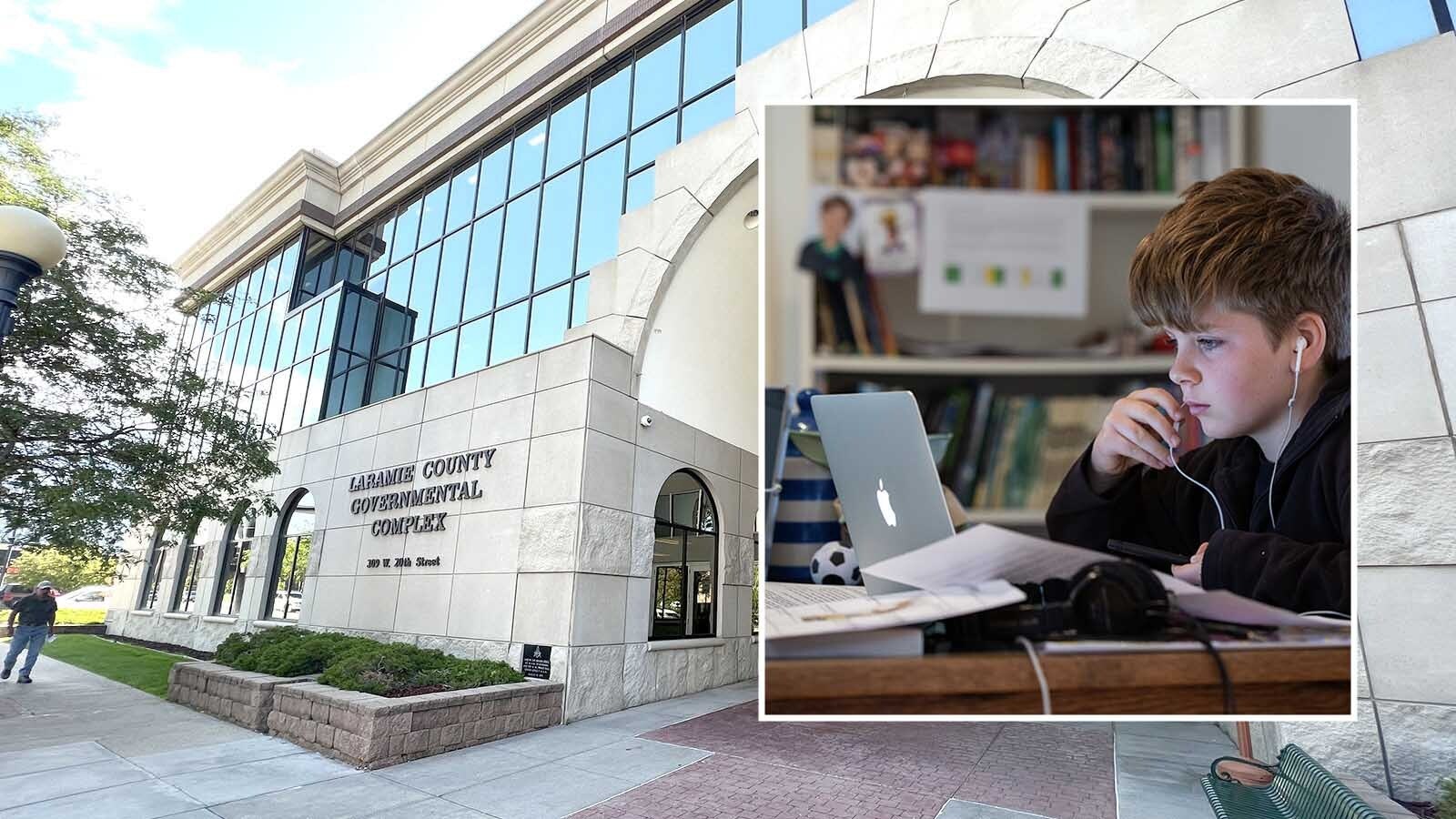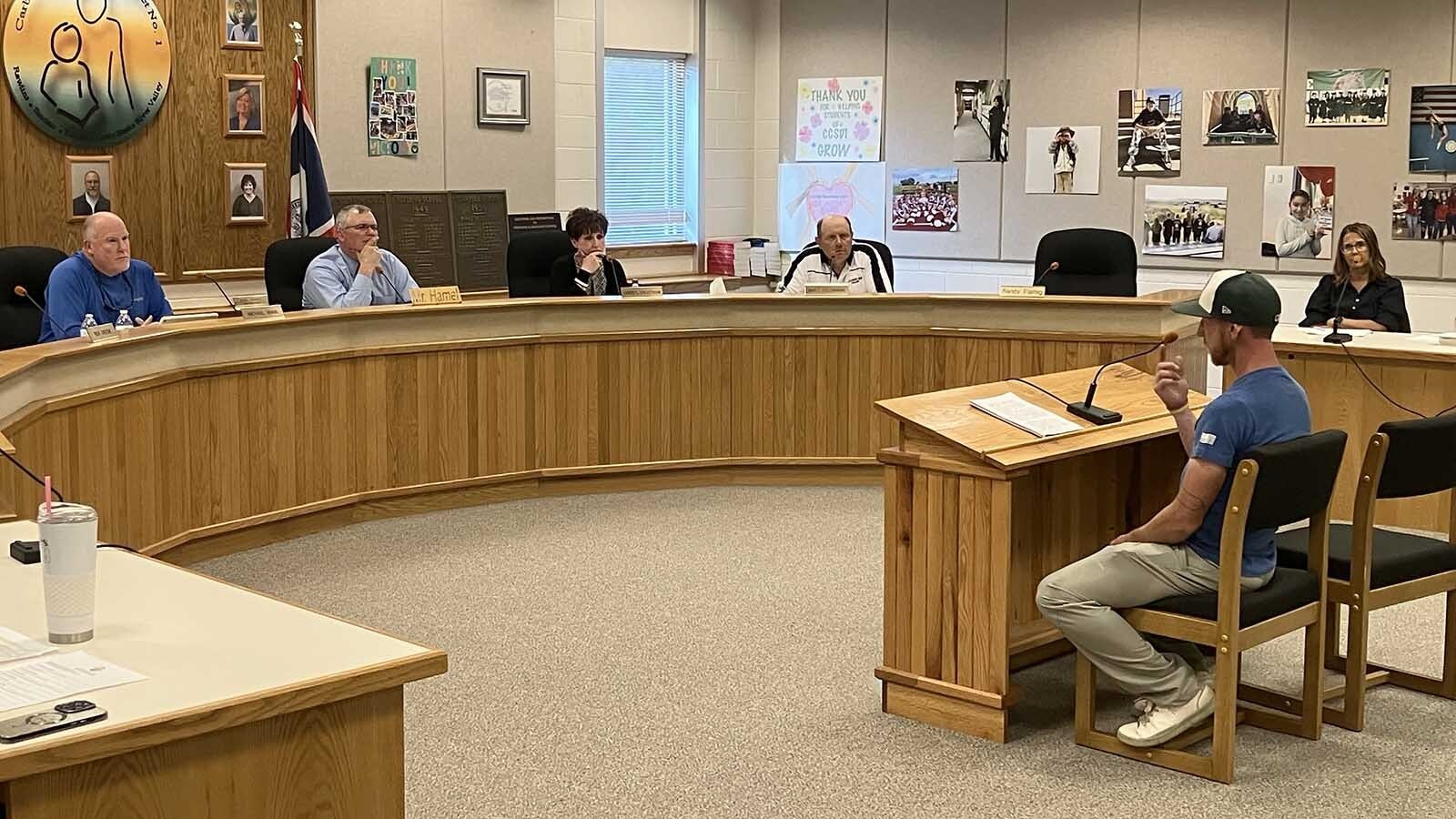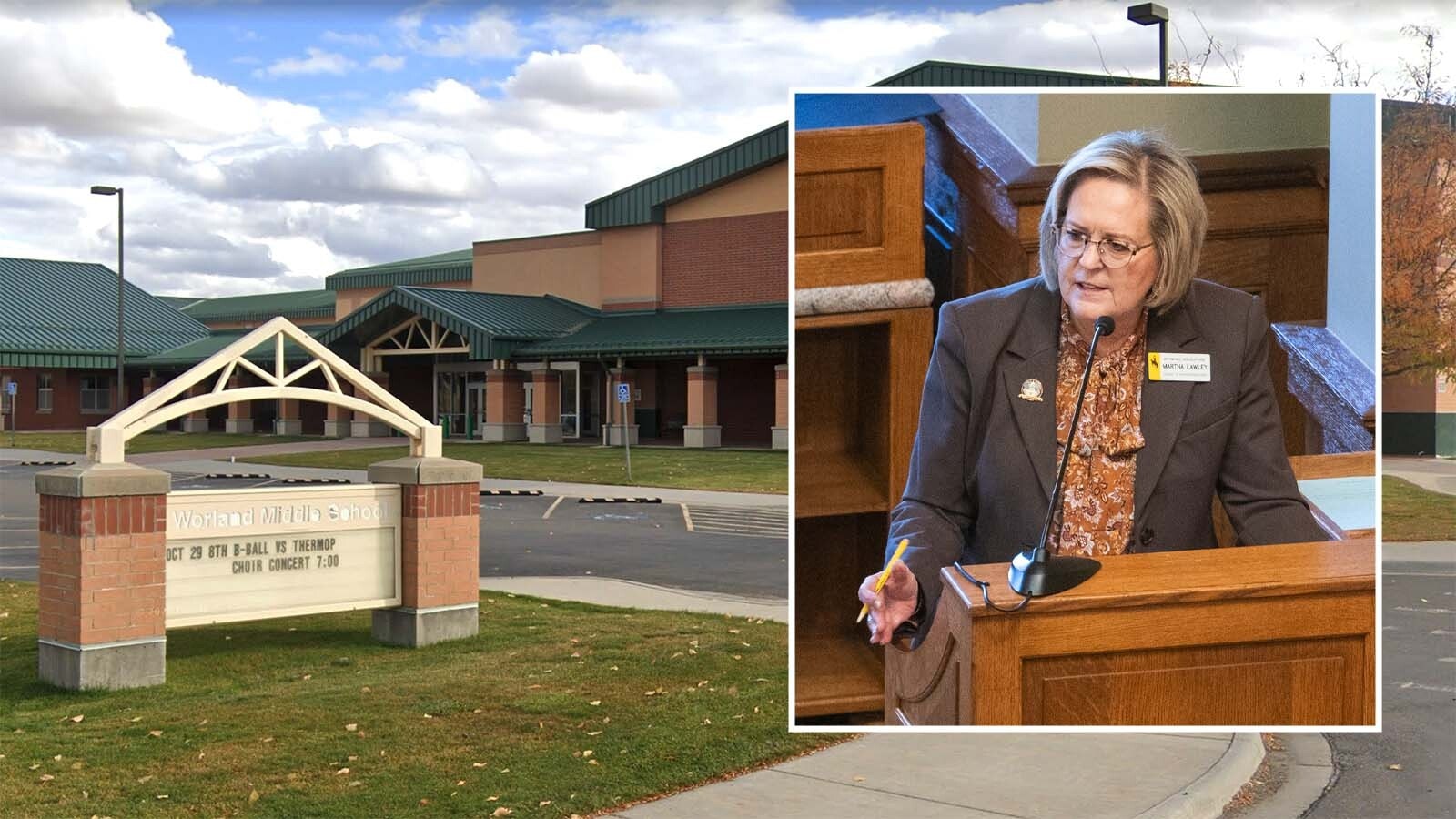A ban on cell phones in classrooms at a Riverton school is being met with strong objections in the face of a recent rash of school shootings nationwide.
The Fremont County School District 25 Board of Trustees on Tuesday evening voted to approve a rule change at Riverton Middle School, requiring that students keep their cell phones in their lockers, except during the lunch break.
Many Facebook commenters to media reports objected to the rule, saying that students should have their phones on hand in case of an active shooter situation.
Those in favor of the rule, however, touted the value of undistracted learning and the importance of maintaining children’s innocence, in a culture in which most cell phones have Internet capabilities.
Opportunity To Protect Themselves
One Facebook commenter opposed to the rule was Casper City Councilman Bruce Knell, a former Fremont County resident who still has two children attending school in a district that neighbors Riverton’s.
Knell’s chief concern is of children not being able to reach their parents or authorities during an “invasion,” he told Cowboy State Daily.
“I understand the teachers’ ideology, and not wanting disruption in the classroom,” said Knell. “But there are better ways to handle it.”
Knell reflected on the sterner disciplinary measures of his own school days and said in that generation, teachers seemed to have fewer problems removing disruptions or disciplining students for disruptive behavior.
“Maybe on the third offense they (shouldn’t be) able to bring their phone anymore,” Knell said. “But just to take them out of the schools and strip those kids of the opportunity to protect themselves is just completely inappropriate in my opinion.”
Vance Countryman, a longtime attorney from the area, also commented on a media report, saying that distractions are a small price to pay for safety.
“Imagine for a moment, a shooting took place and during the investigation we find out that a number of our children are dead. Imagine several of the survivors report that they had the ability to call for help but they had no phone,” said Countryman in a Facebook comment. “The simple solution would be for people to not shoot children, but we don’t seem to be able to teach that lesson either.”
‘More Chaos’
Lynette Jeffres, Chairwoman of the Fremont County District 25 school board, said the district and the middle school both take student safety “very seriously.”
“If, God forbid, we have an active shooter event and we’ve got 100 kids on their phones and they call their moms and dads to come get them, we could potentially have an extra 200 people on site, causing more chaos and more disruption as we try to handle the situation,” said Jeffres.
She emphasized that the school is guarded by its own school resource officer, additional officers can respond to situations quickly and there are rigorous protocols in place to address a shooting event.
Rule Already Used
The school’s principal Aziz Waheed said the rule change isn’t as groundbreaking as the public response would suggest.
Waheed said a teacher-imposed rule against cell phones in classrooms during learning hours has been in place in the sixth and seventh grades for a few semesters, though not in the eighth grade.
RMS serves sixth- through eighth-grade students.
He emphasized that students will be able to check their phones at their lockers between classes, and they may have their phones on hand during the 54-minute lunch break.
In-class communication, said Waheed, is still possible because each student has a Chromebook with email access and because teachers will have their phones.
“I think having primary points of contact just to manage the situation would be beneficial. Our teachers will still have their cell phones for that reason,” he said.
Protecting Their Innocence
Teachers and administrators wanted the phones rule added to the school handbook at the middle school because children’s educational experience and their innocence are at risk, said Waheed.
“The problem lies with kids – and this is really the majority – that have internet access with no stipulations, no oversight in terms of what kids are looking at,” Waheed said. “Even if you’re policing your child quite well and making sure they’re seeing things you feel are appropriate for their age level, their buddies may not have those restrictions.”
Waheed said he hopes that limiting that smartphone access will encourage children to learn social skills, excel in school, make friends, and enjoy their education, sports, and school clubs.
He also said phone devices without internet access and with a limited contacts catalog “make sense” for children in this age group.
Despite the social media controversy, there also has been an outpouring of positivity following the rule change, said Waheed.
“We’ve had a lot of people reaching out, supporting us, saying ‘thank you. We appreciate you trying to preserve innocence and let our kids be kids, and not fall into the pressures that TikTok and Instagram bring,’” he said, adding, “We’ll still have our fair share of dealing with that – it’s not going to go away, and that’s fine – but trying to remember the overall goal of school: it’s not to create entertainment content.”





